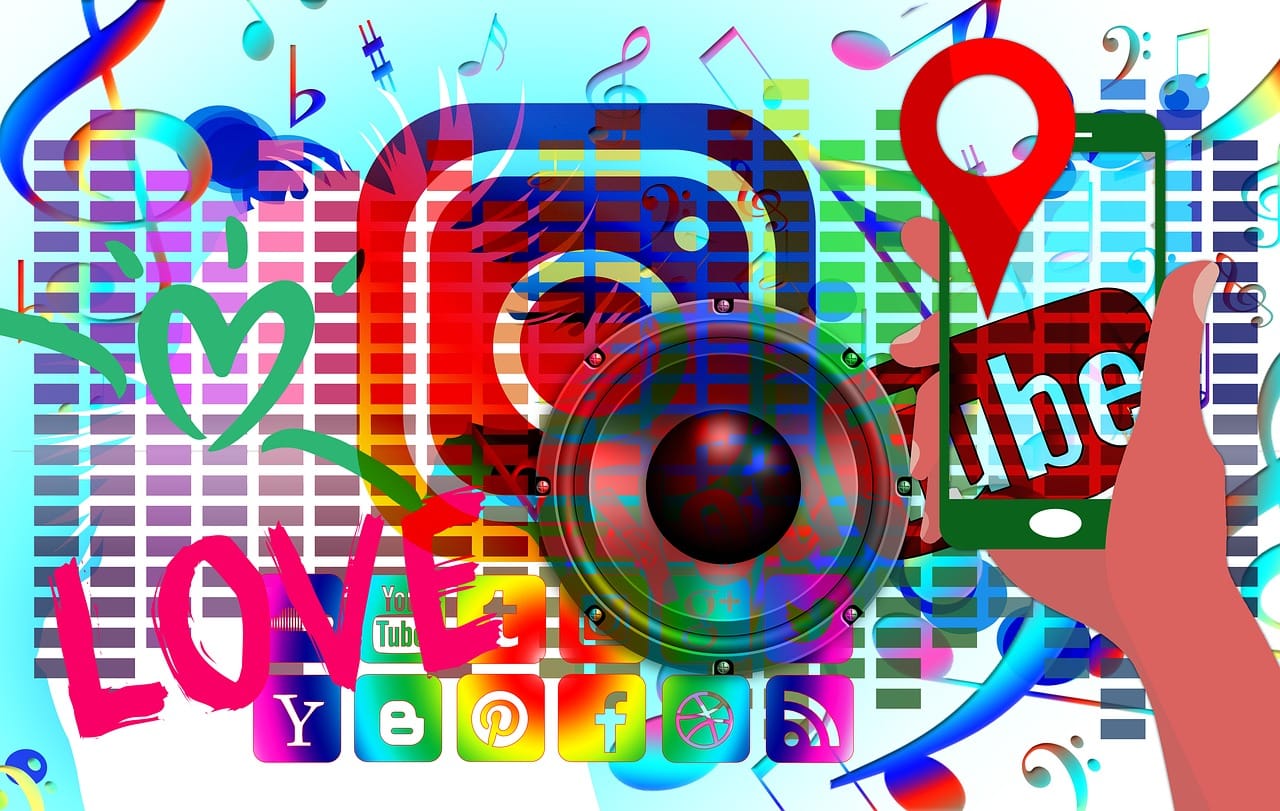In the digital age, social media platforms have become powerful tools for shaping and influencing popular culture. One area where social media has had a profound impact is the music industry. Platforms like TikTok have emerged as major catalysts for the rise of new trends, transforming unknown artists into overnight sensations and propelling established musicians to even greater heights. In this article, we will explore how social media, particularly TikTok, has revolutionized the way we discover, consume, and share music.
A video-sharing app launched in 2016, quickly gained popularity worldwide, especially among younger audiences. It allows users to create and share short videos, often set to music snippets. The app’s algorithm-driven “For You” page provides a personalized feed of content, making it easy for users to discover new songs and artists. With its viral challenges and dance crazes, he has become a breeding ground for music trends, turning catchy hooks and memorable lyrics into cultural phenomena.
One notable example influence on music trends is the meteoric rise of Lil Nas X and his hit song “Old Town Road.” Initially released independently in 2018, the song gained traction on TikTok, with users incorporating it into their videos and creating line-dancing routines. The infectious nature of the track, combined with its exposure on the platform, propelled it to mainstream success. “Old Town Road” broke records, spending a record-breaking 19 weeks at the top of the Billboard Hot 100 chart, demonstrating the power of social media in breaking new artists.
Impact on music trends extends beyond individual songs and artists. The platform has also revived interest in older tracks and genres. Through challenges like the “Renaissance” trend, users rediscover and share forgotten songs, introducing them to a new generation. This revitalization of older music demonstrates the democratizing effect, as listeners have access to a vast catalog of songs and genres, transcending geographical and temporal boundaries.
Other social media platforms like Instagram, Twitter, and YouTube play significant roles in shapingtrends. Artists and record labels utilize these platforms to engage with fans, share updates, and release new music. They also act as channels for fans to express their support and help drive the popularity of particular songs or artists.
Twitter, known for its real-time conversations, has become a hub for music discussions and fandoms. Artists interact with their followers directly, building personal connections and generating buzz around their work. Twitter’s trending topics feature highlights music-related hashtags, making it easier for users to participate in conversations surrounding a particular song or artist.
YouTube, the largest video-sharing platform, has long been influential in the music industry. It serves as a hub for official videos, lyric videos, live performances, and fan-generated content. Recommendation algorithm exposes users to a wide range of music, often leading them down a rabbit hole of related songs and artists. Viral videos and covers posted on YouTube have the potential to launch the careers of aspiring musicians, providing them with a platform to showcase their talent to a global audience.
Instagram, a visual-centric platform, has also become a crucial marketing tool for musicians. Artists use to share behind-the-scenes glimpses, previews of new songs, and promote upcoming projects. The platform’s Stories feature enables artists to engage with fans through Q&A sessions, polls, and exclusive content, fostering a sense of intimacy and loyalty.
While it offers unprecedented opportunities for exposure and discovery, it also poses challenges for artists and the music industry as a whole. The fast-paced nature of social media can result in short-lived fame and quickly shifting trends. Artists must navigate the fine line between catering to viral sensations and maintaining artistic integrity.
Moreover, the algorithms that drive social media platforms can perpetuate a filter bubble, where users are exposed to similar content, limiting their exposure to diverse music. This poses a challenge for lesser-known artists who may struggle to break through the noise and reach new audiences.
In conclusion, social media, particularly TikTok, has revolutionized the music industry, transforming the way we discover, consume, and share music. It has given rise to new artists and revived interest in older tracks, blurring the boundaries of musical genres and creating a more inclusive and interconnected global music landscape. Its impact on music trends is undeniable. As the digital landscape continues to evolve, it will be fascinating to see how social media platforms shape the future of music.
